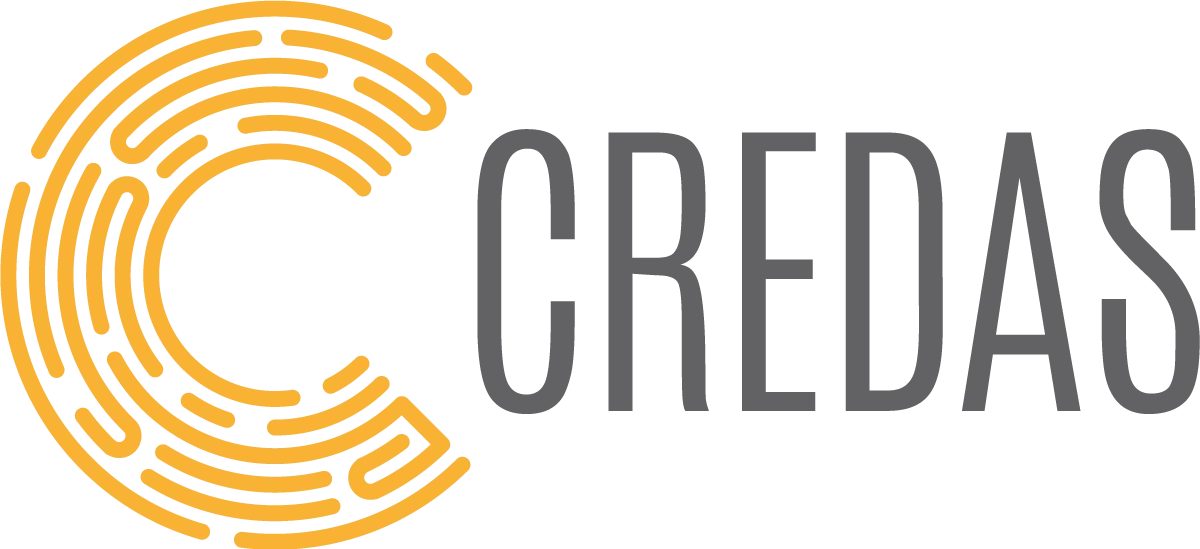The last time we discussed the immune system we talked about some of the innate physical barriers that our bodies have in place. These barriers are like the moat and the walls around the castle of our squishy organs- but what happens when the besieging force breach the perimeter. How do we stop the pathogens1 from ransacking our poor defenseless cells?
Our Cellular Army mobilises that’s what!
CHARGE!!!
You have many different cells in your body that kill/destroy/neutralise threats to your body that have overcome our `passive defences`. These cells are incredibly powerful and very good at what they do. They can be divided into three rough groups:
Innate cells– these are the cells that can attack numerous different pathogens and are quite general in their application. They can respond quickly to most threats. These cells are good against most things but sometimes something can slip the net. What happens when this pathogen is not picked up and hunted by the immune system? Wells that’s why we have…
Adaptive cells– These are the specialists. These are the special forces cells. They target specific pathogens. The initial reaction of these cells is delayed because they need to time to develop the ability to identify specific pathogens. But when they start working, man they start working! We will delve deeper into adaptive immunity in the next post!!
The other- these strange little cells don’t fit into either of the above groups but they provide some useful functions for the above cells. We will mention these later too!!
So Who’s Who?
Innate Cells
- Neutrophils: These cells are part of the body’s first line of defense against pathogens. They phagocytose (engulf and digest) pathogens and help coordinate the initial immune reaction. Neutrophils are short-lived cells.
- Macrophages: These large, long-lived cells also phagocytose pathogens. In addition, they present antigens to other immune cells, helping to initiate the adaptive immune response.
- Dendritic Cells: These specialized antigen-presenting cells capture and present antigens to T cells, thus playing a crucial role in initiating the adaptive immune response.
- Natural Killer (NK) Cells: These cells destroy virus-infected cells and cancer cells by recognizing and inducing apoptosis in these abnormal cells, helping to prevent the spread of infections and tumor growth.
- Basophils: These cells release histamine and other chemicals to attract other immune cells to their location, thereby managing the inflammatory response and contributing to allergic reactions.
- Eosinophils: These cells are primarily involved in attacking multicellular parasites. They also play a role in modulating allergic inflammatory responses.
So deep in the body we have all these cells,
they small, they round ready to ring the bell.
In the immune system they don’t sit on a shelf,
In this rhyme, I’ll introduce you to each by itself!
Now there’s macropahges, they’re big and they’re grand,
Engulfing pathogens, they’re always on hand.
Dendritic cells, they’re scouts on patrol,
Presenting antigens they play a key role.
NK cells, Natural killers, they’re tough and they’re mean,
They’ll Destroy Infected cells to keep tissues clean.
Neutrophils, quick responders, they’re first on the scene,
Swarming bacteria their killing is keen.
Eosinophils, they handle parasites and more,
With their toxic granules, they wage a little war.
Basophils, though rare, release histamine,
In allergic reactions the create quite a scene.
Mast cells stationed in tissues, they cause inflammation,
With histamine release, they defend the nation.
Together these cells, they form a first line,
In the fight against invaders, they’re truly divine.
So here’s a little story ’bout innate immunity,
Protecting our bodies, maintaining unity.
In the world of defence, they’re the stars of the show,
Keeping us healthy, now you know how they roll.
Written by Chris Geraghty – Clinical Quality Manager













